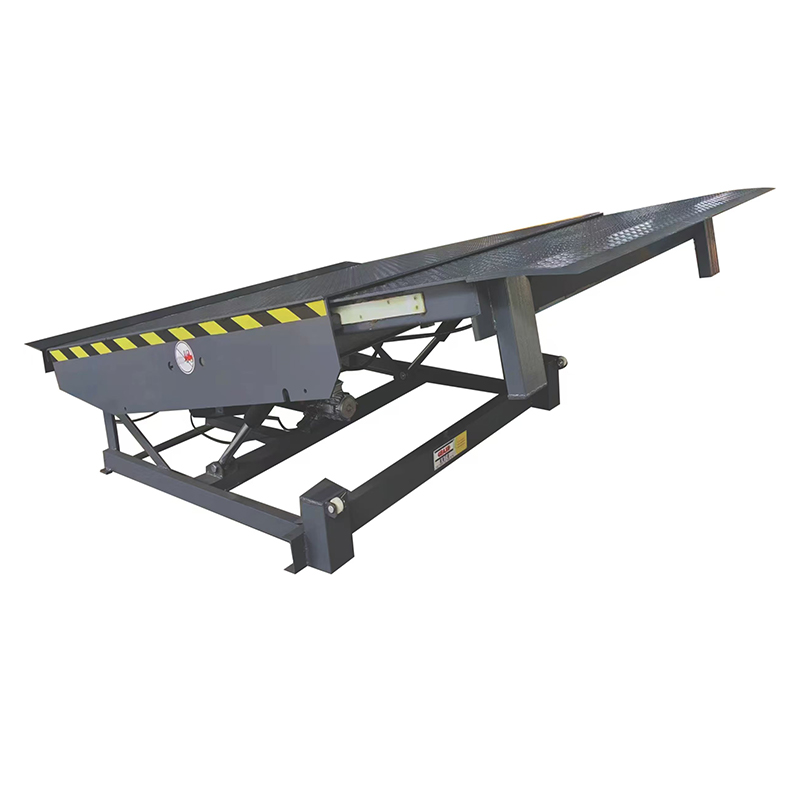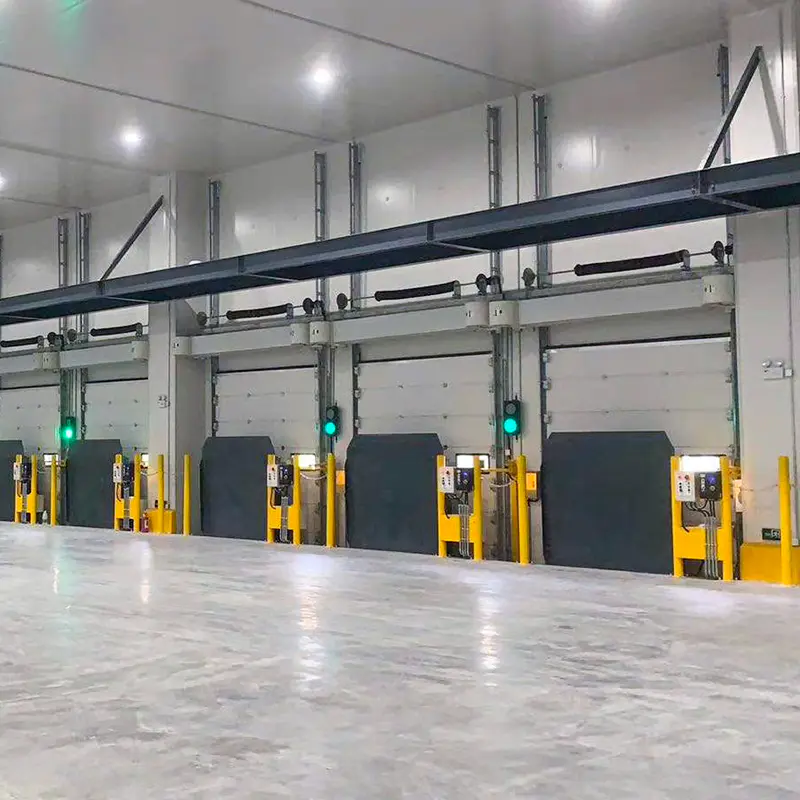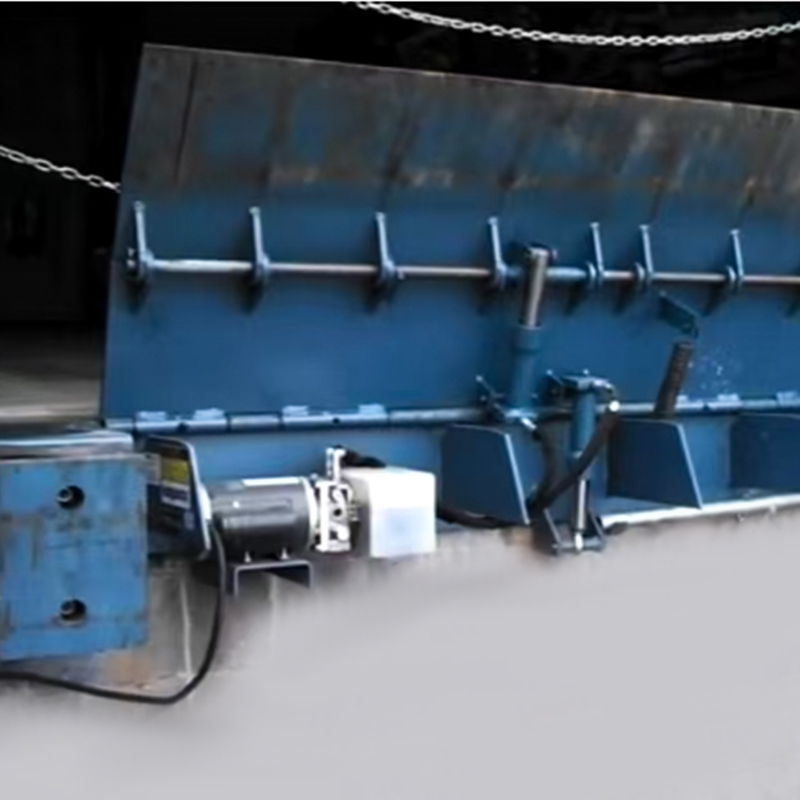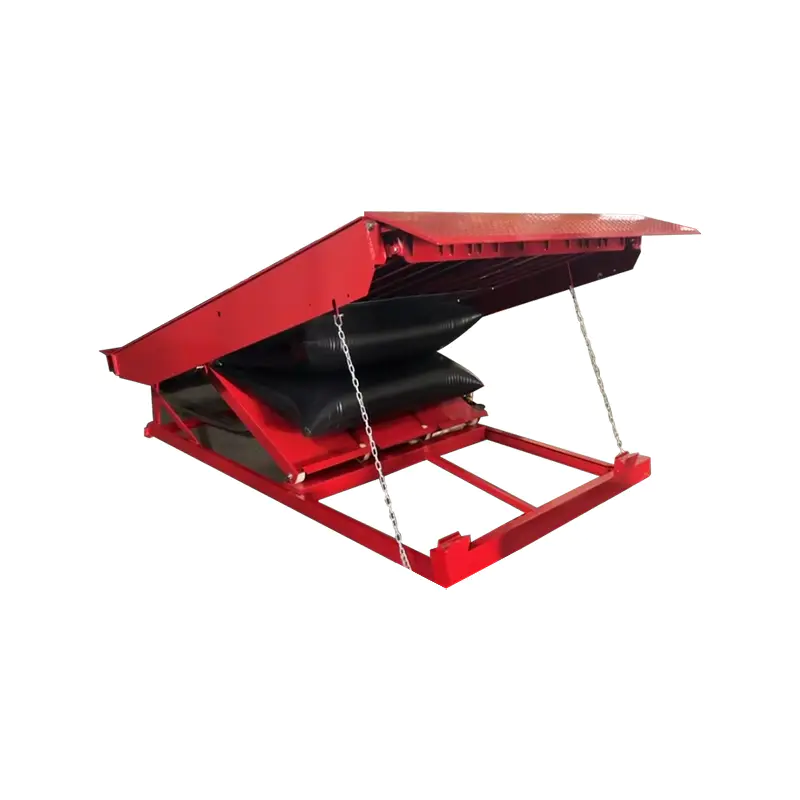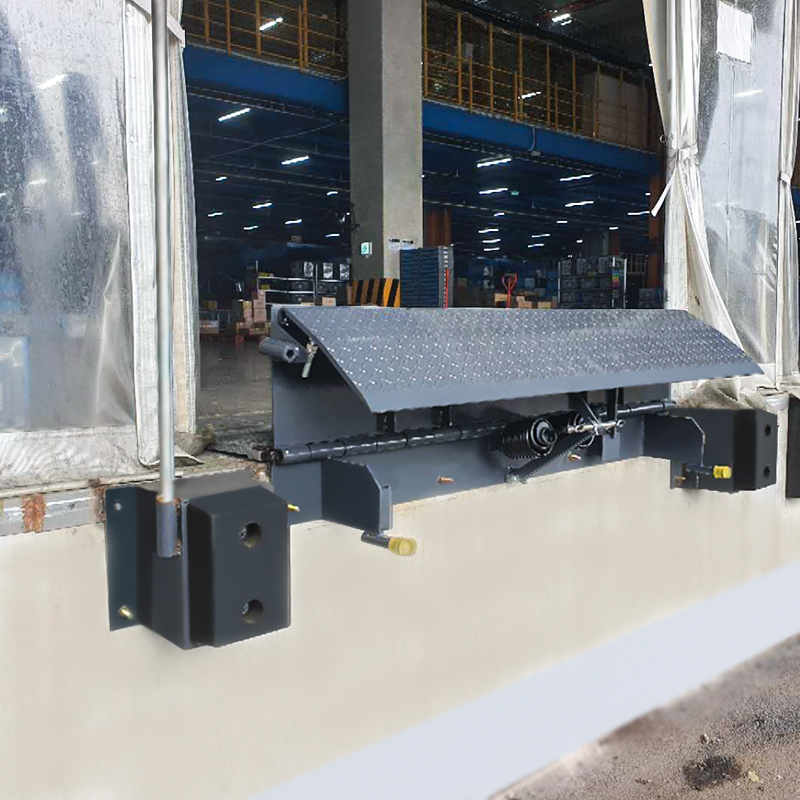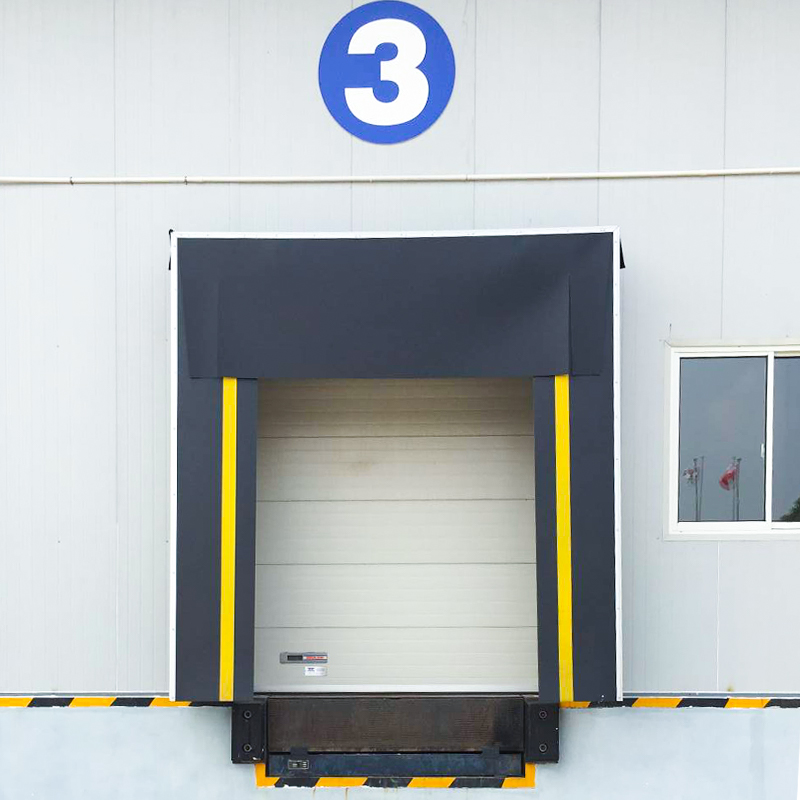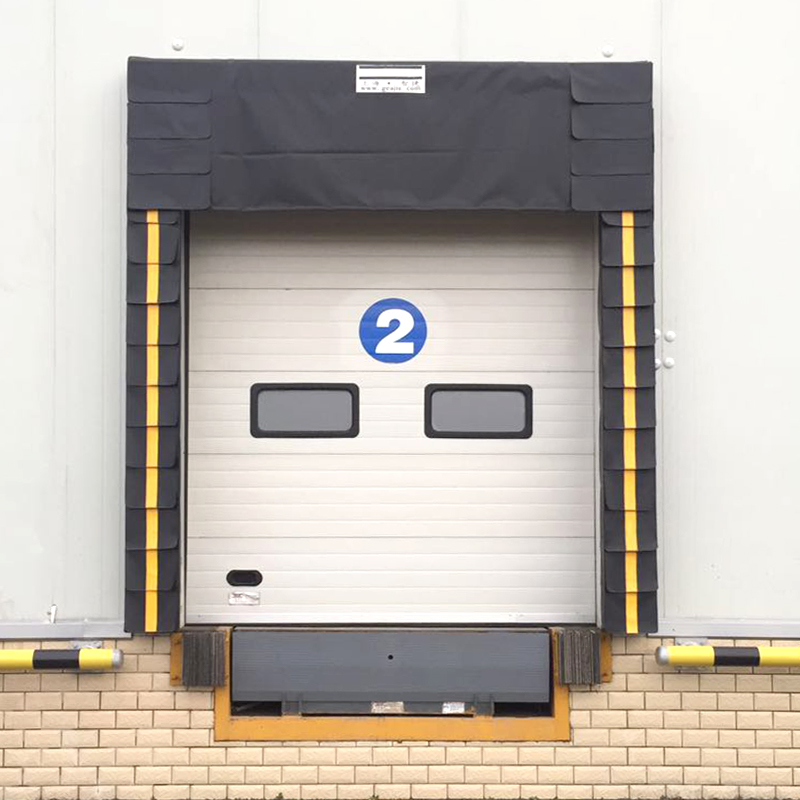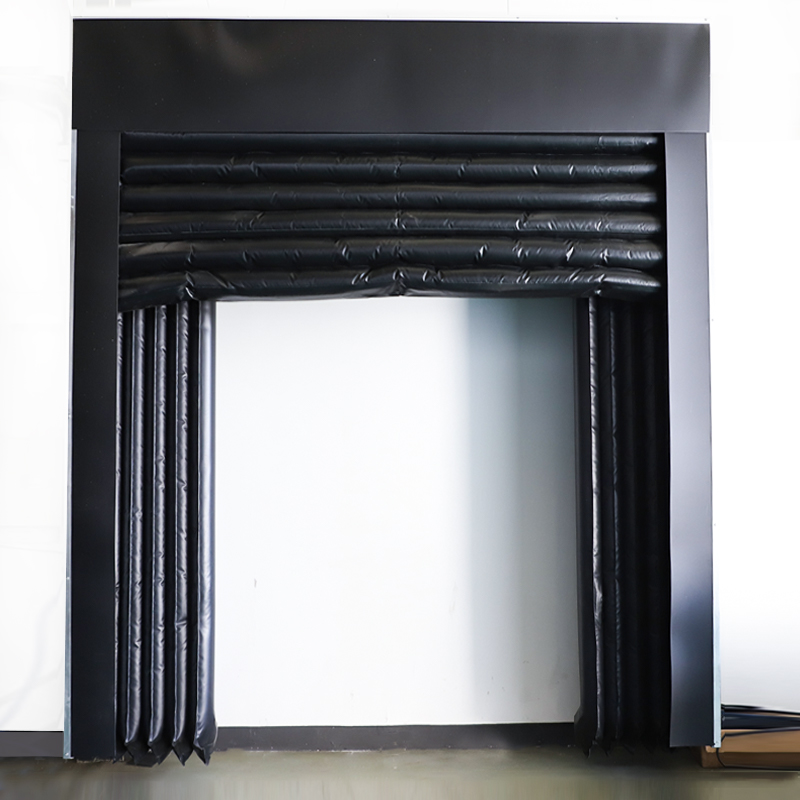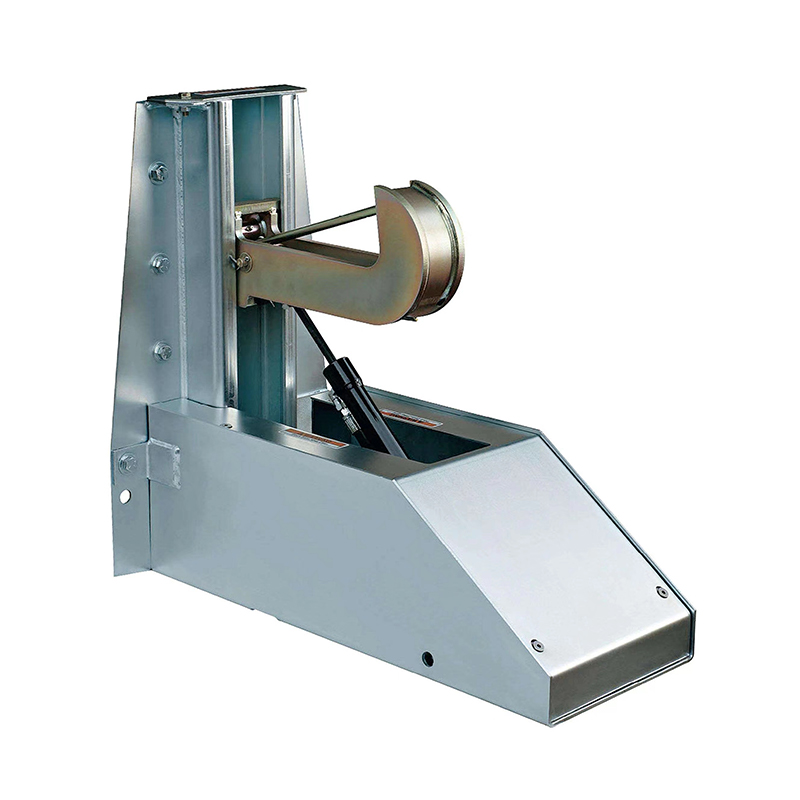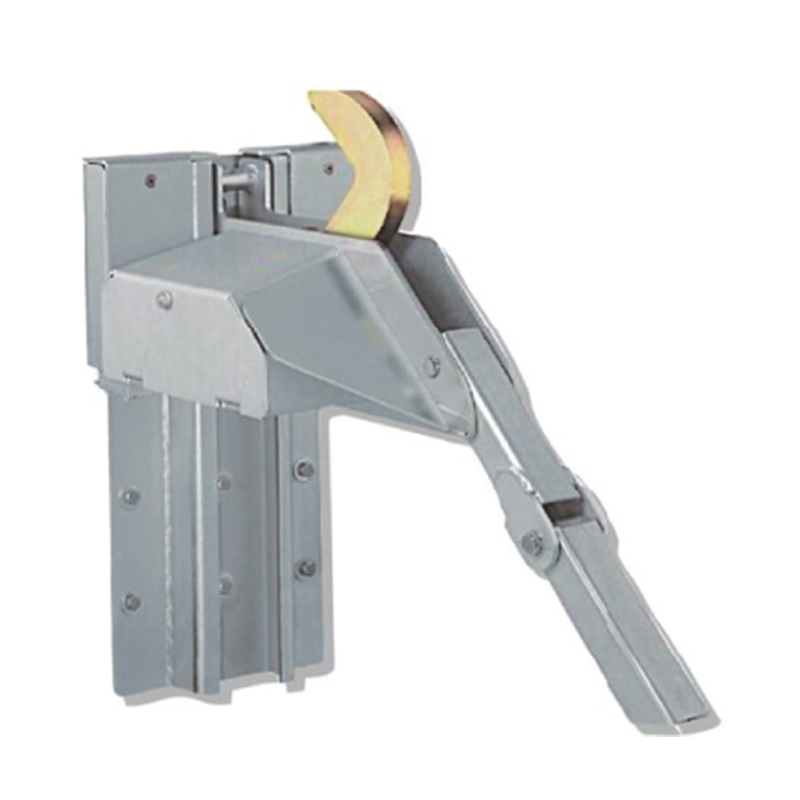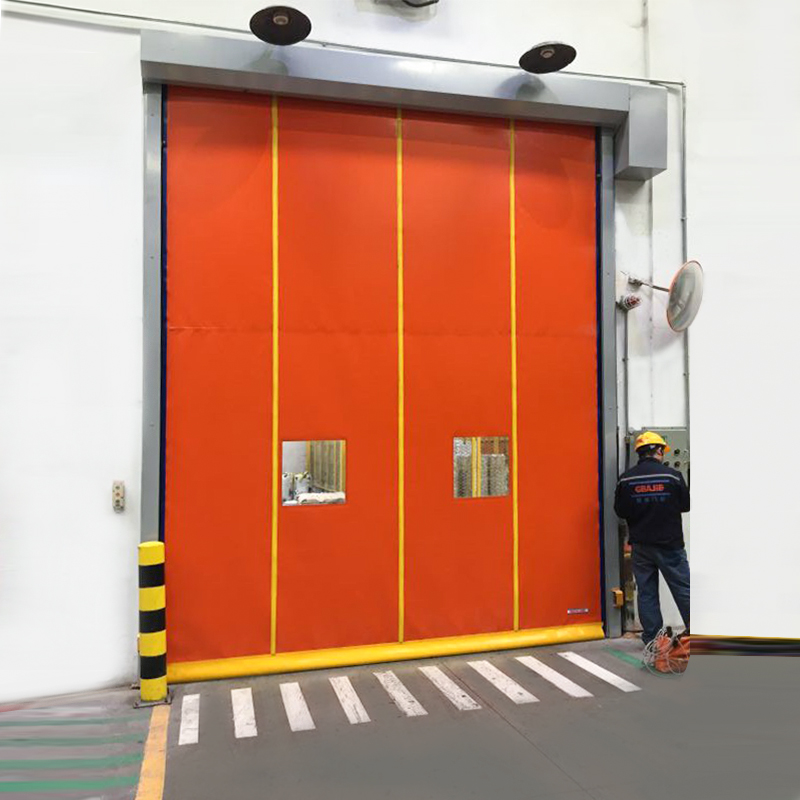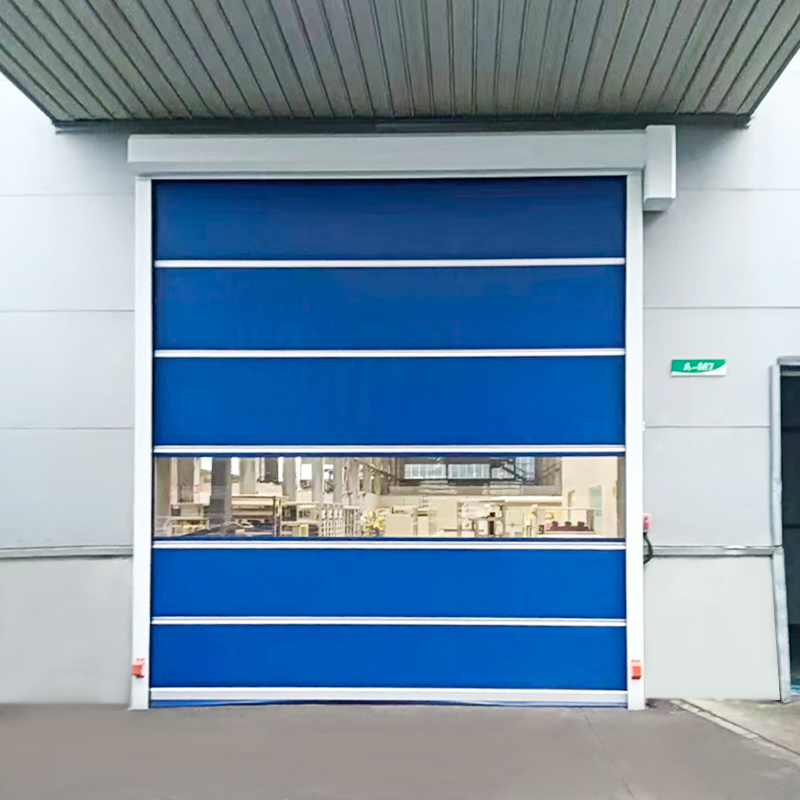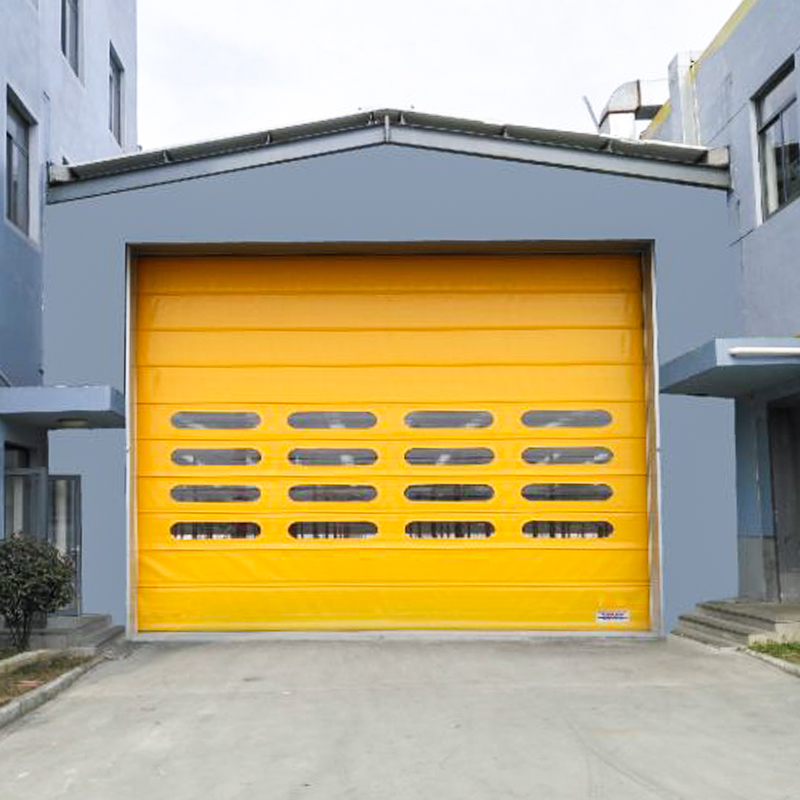Reinforced Structural Design and Load DistributionEOM Industrial Dock Levelers are engineered with...
Industrial Vehicle Restraints are specifically engineered to work in seamless coordination with dock levelers and other loading equipment. The primary function of the restraint is to secure the vehicle to the loading dock, ensuring it remains stationary throughout the loading and unloading processes. When the restraint is activated, the vehicle is locked into place, providing a stable foundation for the dock leveler to adjust the height of the loading platform. This synchronization is crucial as it allows for precise leveling between the dock and the trailer, enabling smooth and efficient handling of goods.
Modern Industrial Vehicle Restraints are equipped with safety interlock systems that are designed to work in conjunction with dock levelers and other loading equipment. These interlocks prevent the operation of the dock leveler until the vehicle has been properly secured by the restraint. This ensures that no attempt is made to adjust the height of the dock platform or initiate the unloading process without first confirming that the vehicle is safely locked in place. This fail-safe mechanism minimizes the likelihood of unintended vehicle movement, which could cause serious accidents, injuries, or damage to both the cargo and the equipment. Safety interlocks also help comply with safety standards and regulations by ensuring that all required steps are followed before operation begins.
The integration of Industrial Vehicle Restraints with dock levelers enhances the efficient distribution of the weight and load between the trailer and the dock. When the vehicle is properly secured by the restraint system, it provides a stable anchor point that helps prevent any unwanted shifts during loading. As the dock leveler adjusts to align the dock platform with the trailer, the load is evenly transferred between the two, allowing the dock leveler to operate at its optimal capacity. This alignment prevents undue strain on the leveler, ensuring that the hydraulic or mechanical components function effectively and extend the operational lifespan of the equipment. Balanced load distribution also contributes to safer operations, reducing the risk of accidents associated with unstable or unbalanced load conditions.
In more advanced logistics and distribution centers, Industrial Vehicle Restraints can be integrated into automated loading systems, significantly improving operational efficiency. Automated loading arms or conveyor systems can communicate directly with the restraint system to ensure that the vehicle is securely positioned before any goods are loaded or unloaded. This integration eliminates the need for manual intervention, thereby reducing human error and enhancing precision in the loading process. Automated systems can also streamline the overall workflow, as the restraint and leveler can be controlled through a central interface, allowing operators to manage the entire loading dock operation from one location.
Vibration caused by trailer movement or truck shifting during loading and unloading can significantly disrupt operations, causing delays, damaging equipment, or risking product damage. Industrial Vehicle Restraints help mitigate this issue by securely anchoring the vehicle to the loading dock. This stability prevents unnecessary movement, ensuring that vibrations do not interfere with the performance of dock leveler or other loading equipment. By reducing the effects of trailer shifting, the system provides a more stable working environment, which in turn helps improve the accuracy of material handling operations and safeguards the integrity of both the equipment and the products being loaded or unloaded.

 English
English Español
Español Tiếng Việt
Tiếng Việt

